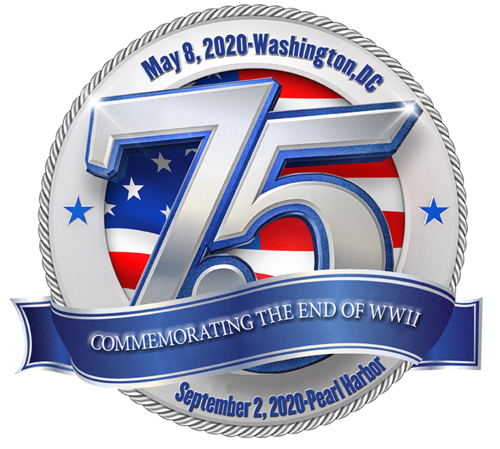A Countdown to Pearl Harbor: 1853 to 1941
Conflict is brewing in Asia. The old world order is changing. Two new powers, the United States and Japan, are rising to take leading roles on the world stage. Both seek to further their own national interests in the hope to avoid war. Both have embarked on courses of action that will collide at Pearl Harbor.
Timeline
1853
Western powers stake claims in Asia as Japan emerges from more than two centuries of isolation. Japan’s long period of cultural isolation from the West ended in 1853, when Commodore Matthew Calbraith Perry led a U.S. Navy expedition (known as the “Black Ships” to the Japanese) into Tokyo Bay to open Japan to trade and diplomatic relations. The United States sought access to new markets in Asia, while Britain, Germany, France, and Russia were claiming new territories and economic resources. By the late 19th century, Japan has initiates to modernize its industry and armed forces and begins to expand its influence.
1914-18
World War I involves 60 nations and claims millions of lives. Japan, one of the victorious Allies, seizes German possessions in China and the Pacific.
1919
The League of Nations is created to prevent future wars and provide collective security. Germany and Russia are excluded. The United States refuses to join.
1921
Japan’s prime minister is assassinated. The army later takes advantage of increasing political instability to dictate government actions.
1922 - 30
The United States, Japan, and other nations sign treaties limiting the size of their fleets and affirming China’s sovereignty. Japan is treated as a secondary power and allowed only a much smaller fleet.
1929
The American stock market crashes, triggering the Great Depression. An economic collapse sends the nation spinning into the Great Depression. Americans endure hard times. As fighting spreads through Europe and Asia, the United States is torn between helping its allies and being drawn into another foreign war.
1931-33
Japan seizes Manchuria and creates the puppet state of Manchukuo. Condemned for invading Manchuria, Japan quits the League of Nations. The military solidifies control over the government in Tokyo.
1937
Japan launches an undeclared war against China. The Japanese sink the gunboat USS Panay near Nanking, increasing tension between the U.S. and Japan.
1938
Germany annexes Austria; Britain and France do not interfere, Japan takes notice.
1939
Germany invades Poland, igniting World War II in Europe.
1940
Japanese troops occupy Indochina. Japan signs the Tri-Partite Pact with Germany and Italy, creating the Tokyo-Rome-Berlin Axis.
1941
The U.S. seizes Japanese and Chinese financial assets and cuts off all exports to Japan.
1929-41
World economic crisis ushers in the Great Depression. America turns inward, while Germany, Italy, and Japan seek to expand. The rise of Nazism in Germany, fascism in Italy, and militarism in Japan led to global destabilization and threatened democracy. A stock market crash sent the United States into economic depression. Military actions by the Japanese in China, the Italians in Ethiopia, and the Germans in Poland sowed the seeds of global war. In response to Japanese aggression in Asia, the United States imposed economic embargoes and deployed its Pacific Fleet to Pearl Harbor.
“Perhaps the phase of our order which struck the deepest into the sensibilities of the Japanese was that at last the United States has shown this country that it is no longer bluffing.”
—Commercial Attaché Frank S. Williams
With lingering social conflict prolonged by the Great Depression, Japan set its sights on creating the Greater East Asia Co-Prosperity Sphere. Japan intends to end Western domination and control an integrated East Asian bloc that will provide natural resources and new markets.
By December 7, 1941, much of the world was already at war. Japanese forces acquired Manchuria a decade earlier and had been fighting China since 1937. Nazi Germany's 1939 invasion of Poland thrust Europe into war. Widespread public sentiment against involvement in those overseas conflicts initially kept the United States on the sidelines. Congress enacted a series of laws intended to prevent the United States from being drawn into foreign conflicts by outlining the terms of U.S. neutrality.

